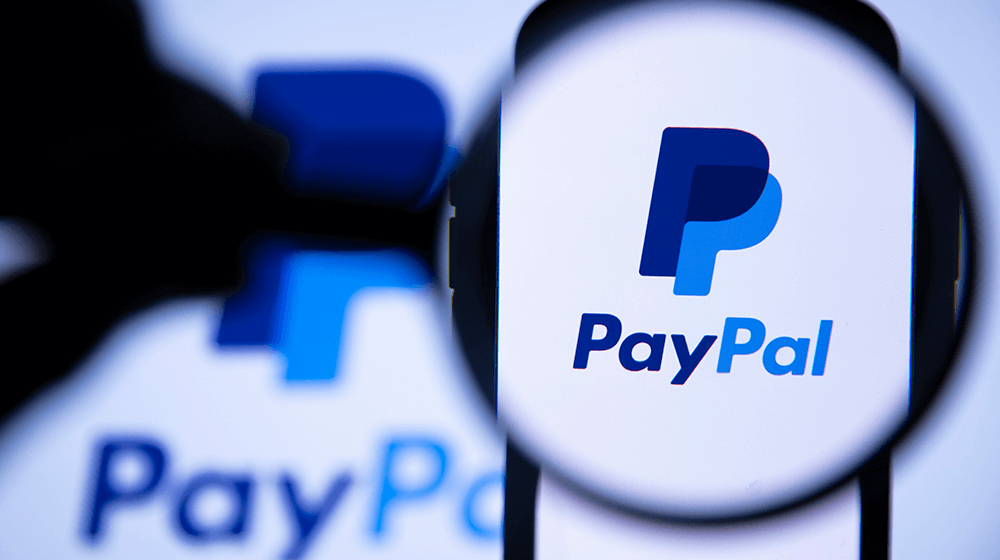With PYUSD being pegged to the U.S. dollar and issued by Paxos Trust, PayPal aims to further promote the integration of cryptocurrencies into mainstream payments, leveraging its vast user base. However, concerns have been raised by some members of the cryptocurrency community regarding the security and centralization aspects of this new stablecoin. Ripple’s Chief Technology Officer, David Schwartz, has stepped in to address these concerns and shed light on the features of PayPal’s new stablecoin.

The Controversy Surrounding PYUSD: Security and Centralization Concerns
While the launch of PayPal’s new stablecoin has generated excitement, it has also raised concerns within the cryptocurrency community. One of the main points of contention revolves around the “assetProtection” role within the PYUSD system. This role allegedly possesses the power to freeze and eliminate an individual’s balance. Critics argue that this feature represents a potential centralization attack vector, as it contradicts the decentralized ethos of many cryptocurrencies.
Addressing Security Concerns: David Schwartz’s Clarification

To address the concerns raised by the cryptocurrency community, Ripple‘s CTO, David Schwartz, took to social media to shed light on the security features of PYUSD. Schwartz emphasized that the true centralization aspect of PayPal’s stablecoin lies in its value being contingent on PayPal’s legal obligation to exchange it for dollars. In other words, the stability of PYUSD depends on PayPal’s commitment to redeem the stablecoin at a 1:1 ratio with the U.S. dollar.
Schwartz further clarified that the controversial security feature, the “assetProtection” role, was designed to protect innocent users from unknowingly receiving tokens that PayPal is not legally obliged to redeem. This safeguard ensures that users do not encounter any issues when transacting with PYUSD and that the stablecoin maintains its parity with the U.S. dollar.
The Debate on Centralization vs. Decentralization
The controversy surrounding PayPal’s stablecoin raises broader questions about the balance between centralization and decentralization in the cryptocurrency space. While many cryptocurrencies aim for complete decentralization, PYUSD’s design incorporates both centralized and decentralized components. Schwartz acknowledged the concerns raised by the community but highlighted the potential benefits of the crypto components of PYUSD. These components enable users to enjoy greater flexibility in transferring assets without solely relying on traditional financial infrastructures.
Conclusion
The launch of PayPal’s stablecoin marks a significant milestone in the cryptocurrency landscape. With its extensive user base and integration as a payment option, PayPal has the potential to accelerate the adoption of cryptocurrencies in mainstream commerce. While concerns have been raised regarding the security and centralization aspects of PYUSD, Ripple’s CTO, David Schwartz, has provided clarification to address these concerns. With PYUSD’s stability, pegged to the U.S. dollar, PayPal aims to overcome the barrier of cryptocurrency volatility and foster trust among users. As digital payments continue to evolve, PYUSD paves the way for a future where cryptocurrencies become an integral part of everyday financial transactions.






